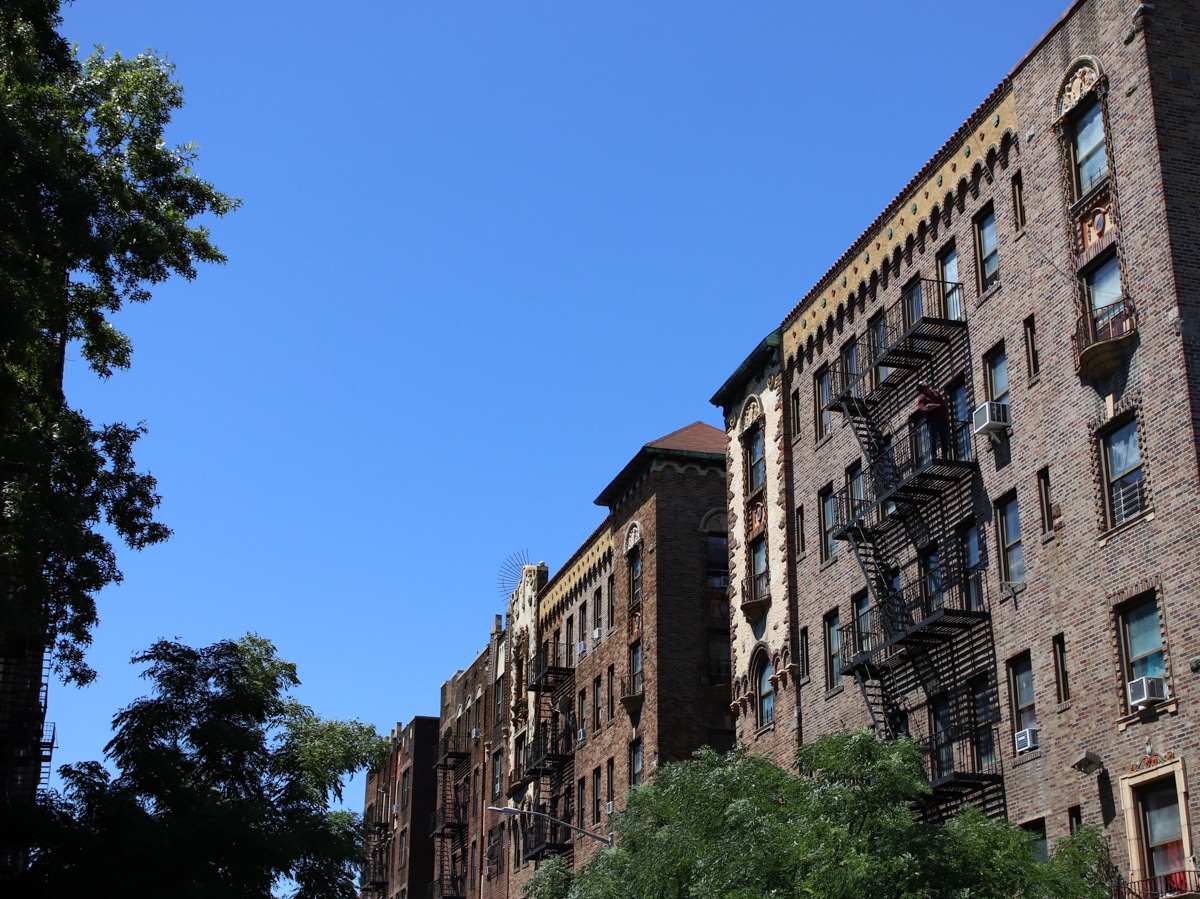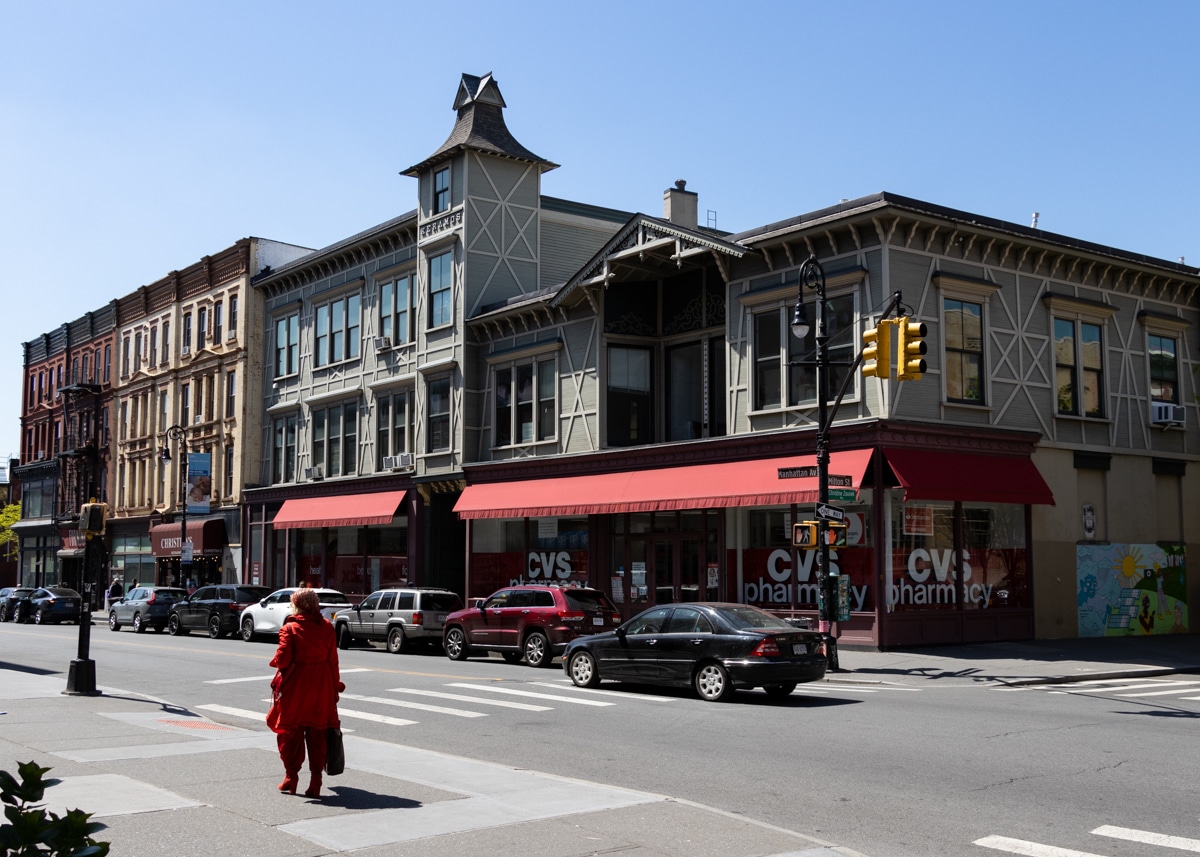The "Poet Lariat" Lies in Douglaston
Little Neck’s early days featured a colorful character, the “Bard of Little Neck,” Bloodgood Haviland Cutter (1817-1906), potato farmer, poet and friend of Mark Twain, who immortalized him as the “Poet Lariat” in Innocents Abroad. Twain poked fun at Cutter as a master of doggerel who annoyed fellow passengers on an excursion to the Holy…

Little Neck’s early days featured a colorful character, the “Bard of Little Neck,” Bloodgood Haviland Cutter (1817-1906), potato farmer, poet and friend of Mark Twain, who immortalized him as the “Poet Lariat” in Innocents Abroad. Twain poked fun at Cutter as a master of doggerel who annoyed fellow passengers on an excursion to the Holy Land in the travelogue. Cutter self-printed many editions of his verse, which are little-read today. He owned numerous parcels of land in Little Neck, Great Neck, Manhasset and Plandome that he purchased or inherited. Cutter Mill Road in Great Neck, on the site of a mill he purchased from the Allen family, is named for him.
Cutter’s stone can be found in the Zion Episcopal churchyard on Northern Boulevard east of Douglaston Parkway. The congregation was founded in 1830, its church built with the aid of plans from renowned architect Richard Upjohn.
Elsewhere on the grounds, you will find a monument split on either side of a tree, which reads, “Here Lie the Last of the Matinecoc.” The Native Americans, the first to occupy the area, had a burial ground approximately where the former Scobee Diner stands near Little Neck Parkway. When Northern Boulevard was widened in the 1930s, the remains were reinterred in this churchyard. Some descendants of the Matinecoc still live in the neighborhood.
Kevin Walsh’s website is Forgotten New York. He also published a book of the same name in 2006.









What's Your Take? Leave a Comment